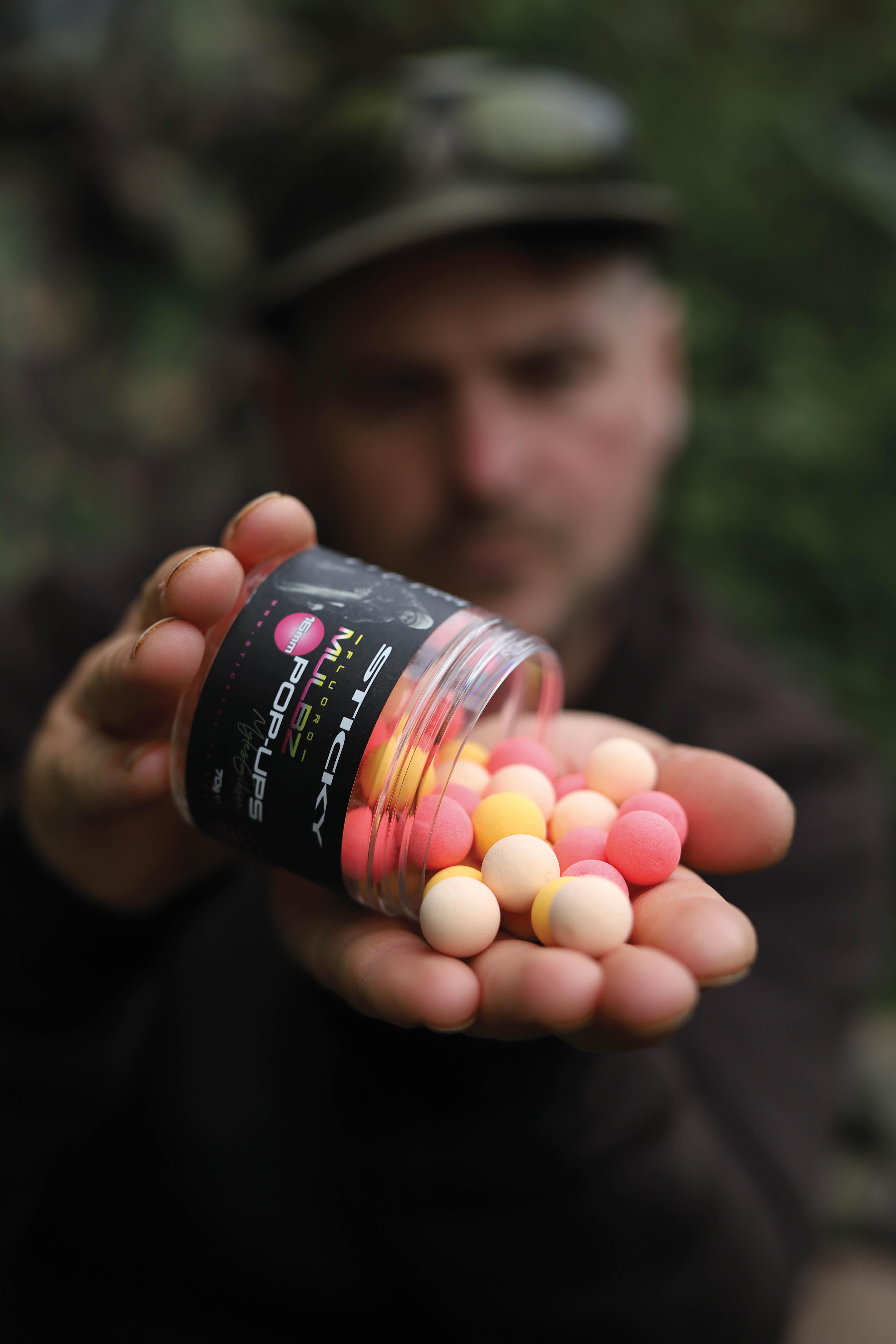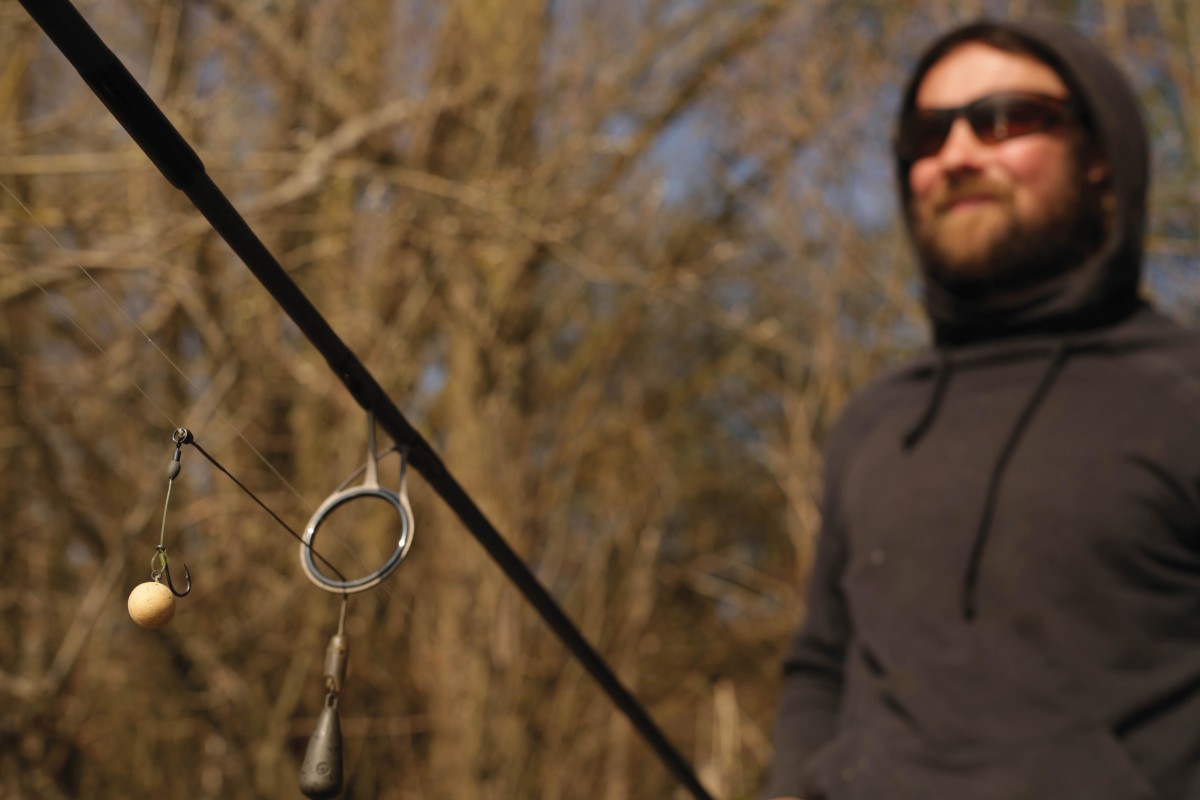
25 Ways To Improve Your Single Hookbait Fishing
As water temperatures rise and daylight hours increase, the carp become more active. Single hookbaits are often the way to go…
When?
Single hookbaits will catch carp at any time of year. There are, though, periods when they are most effective, spring being the first one that comes to mind, especially early in the season. They’re rarely willing to eat much, and single hookbaits will produce the goods during March and April.
Late autumn and into early winter is another prime time for singles. Having fed heavily on anglers’ bait, it’s not unusual for carp to seemingly disappear. In reality, they have probably just moved into deeper water, and siltier areas as they look to harvest the last of the year’s bloodworm. Under these circumstances, free bait is usually the kiss of death. Single hookbaits, however, are often picked up. In fact, it’s worth trying a single any time you encounter fish feeding on naturals. Carp that are switched on to an abundant natural food source are very difficult to catch, and no amount of even the very best bait is likely to compete with nature’s bounty. All is not lost, though, as a bright single can induce an instinctive response.
All rods
On small waters or in restricted swims, it can be difficult to fish single hookbaits effectively unless you do so on all your rods. As soon as you introduce bait, food is available, and if that’s anywhere near a rod which is fishing a single, its effectiveness will be compromised. The whole point of the method is to offer passing carp no choice, other than the hookbait itself. Fish them on all your rods or far away from any baited areas to give yourself the best chance.
Effort
To fish single hookbaits effectively, you should put in as much effort as you would whilst using any other method. They’re hardly likely to bring you results if you reserve them for just the third rod on the third-best spot, or just chucked out of the way somewhere. Cast them to banker spots, where you’ve seen fish or expect them to be. By doing so, you’ll give them the opportunity to deliver. It can require a giant leap of faith to put your trust in singles, and many simply haven’t the confidence to do so. Go all out, and you’ll soon find that, under the right circumstances, they can be an absolute winner. Once you’ve caught on them, you’ll use them again, and the more you use them, the more confident you’ll become in their potential effectiveness.
Watercraft
When fishing singles, you’ll not have to put time and effort into preparing foodbait, or have to transport it to your swim. You won’t have to use a catapult, throwing stick or Spomb to get it out, either. There is a trade-off, though, and that is that more effort will be required to ensure that you’re on fish. When fishing over bait, you’ll have something to attract the fish, and it will hold them in an area. Singles, obviously, offer no such benefits. To be effective, your hookbaits need to be exactly where the carp are, and this will require keen observation, not just at the beginning of your session, but throughout.
Reaction
There is no point watching the water like a hawk unless you react to what you observe. If you see a show, some bubbling or a bit of milked-up water, get a rod on it. One of the benefits of fishing single hookbaits is that your rods don’t have to remain in any one place. Should you see signs of activity elsewhere, or not see any signs in front of you, then you need to move. It’s vital that you present your hookbait almost on a fish’s nose, rather than simply expecting them to find your offering. You won’t have introduced any bait, so you’ll have no reason to stay, and thankfully, you’ll not have kilos of boilies and a bucket of particles to lug around. As such, a mobile approach will be made much less arduous.
Small leads
Regular re-casting, particularly at showing fish, is best done with as small a lead as distance requires, in order to minimise disturbance. Small leads are also less likely to bury in silt or weed, so your presentation shouldn’t be compromised.
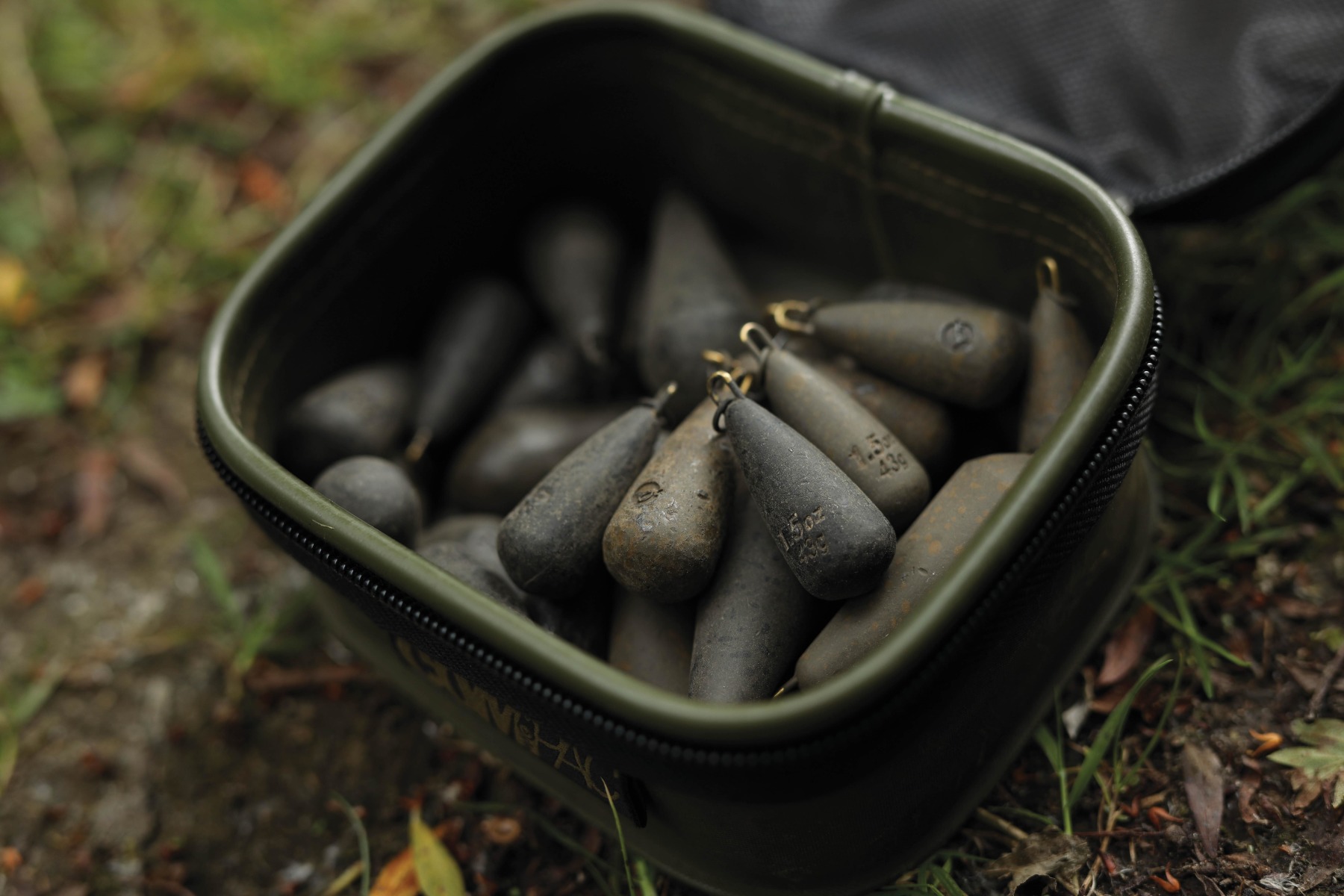
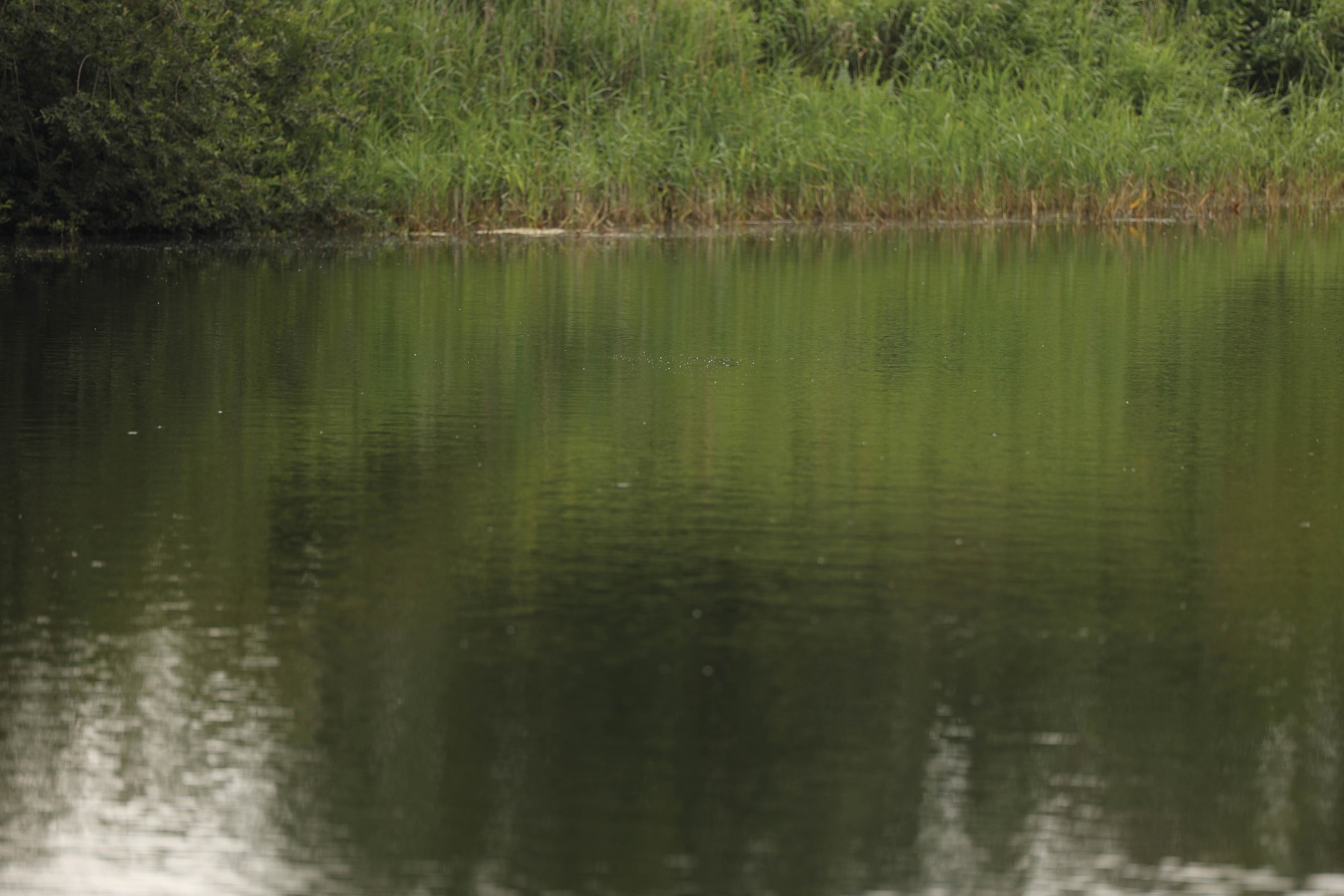
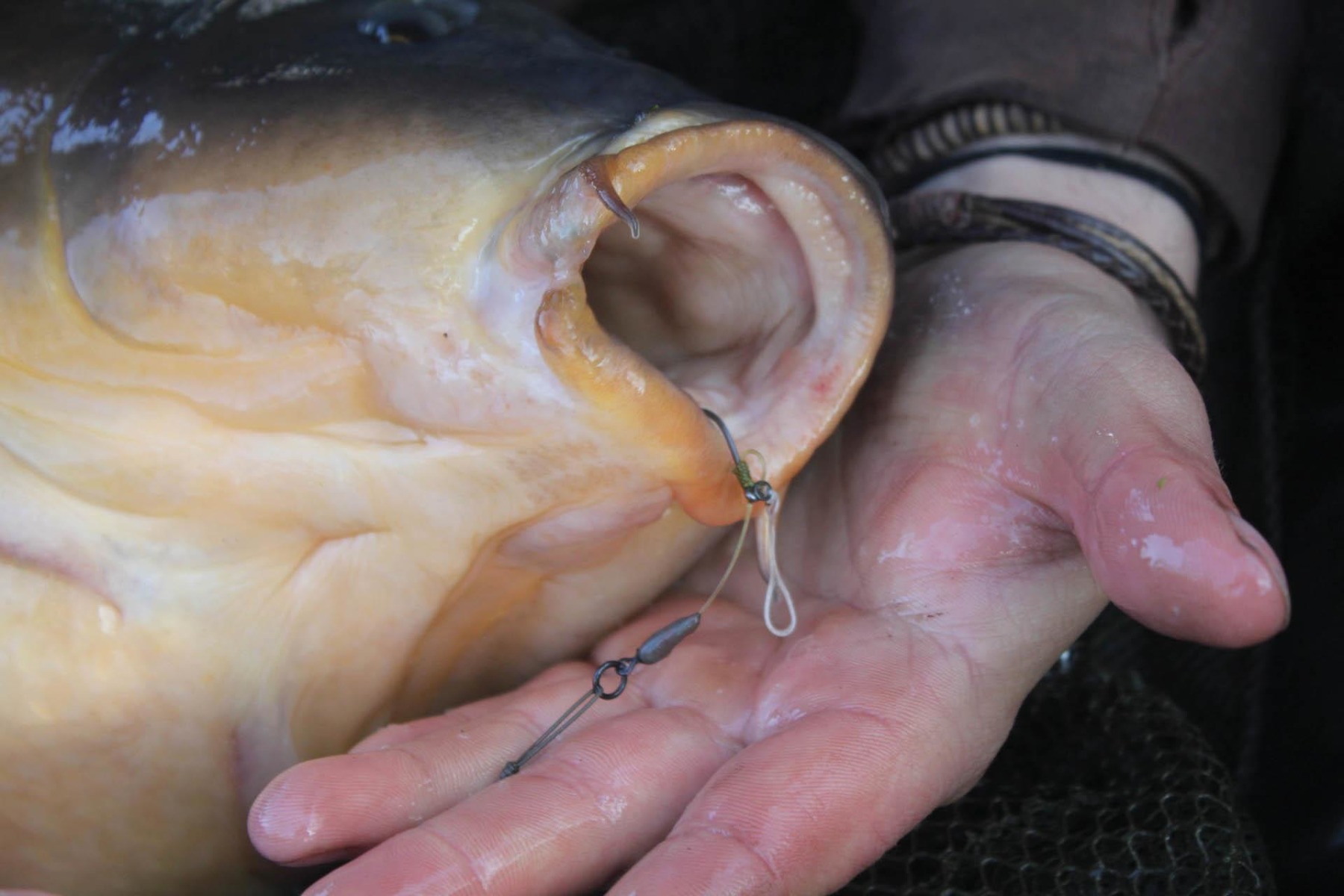
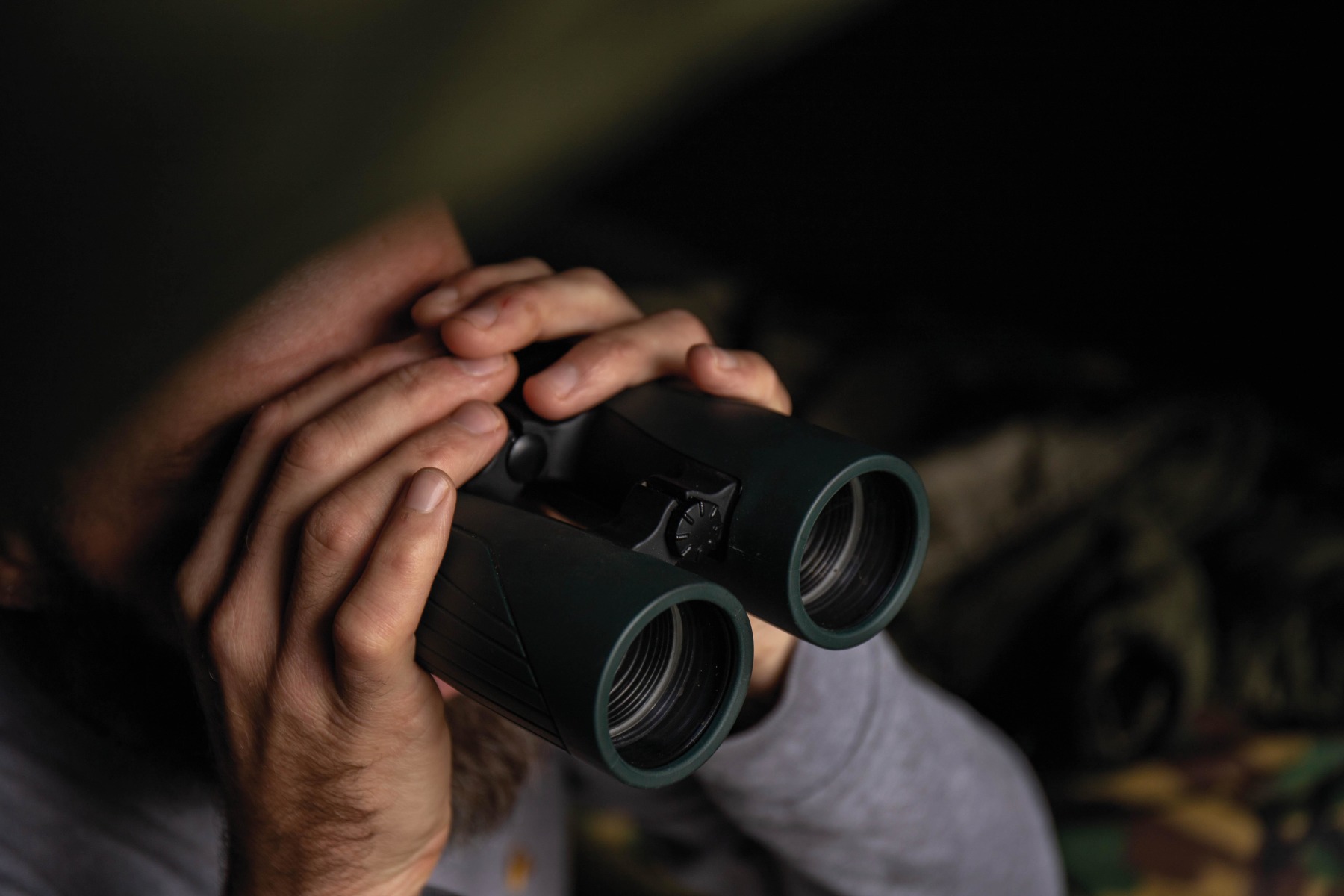
Efficient rigs
Because your hookbait is on its own, it doesn’t have to behave as naturally as it would, say, if you were fishing over a tightly baited spot or spodded area. There are no freebies in the vicinity for comparison, so you’ll get away with quite a crude presentation. Use rigs that are efficient hookers, rather than those that offer subtlety. A blatant high pop-up might arouse suspicion over bait, but it’s unlikely to do so in isolation, so you can take advantage of its superior hooking qualities. Think Hinged Stiff Rigs; they fit the bill admirably.
Strength
You’ll be able to make up your rig using stronger, thicker and stiffer materials, along with bigger hooks. These increase the likelihood of you landing hooked fish, without compromising the chances of your bait being picked up.
Chods
Chods are a great option when fishing singles, especially if there’s weed about. When you’re casting at shows, aim to place your bait using as few attempts as possible in an effort to avoid spooking fish. With Chod Rigs, you’ll know you’ll be presenting, regardless of the lakebed’s make-up, and you won’t need to continually cast in the hope of eventually finding a firm drop.
Off the lead
You can go really high and offer something that’s very much in your face, so to speak. A bait popped up off the lead will be in the sight line of a carp moving close to the lakebed, but which may not be feeding with its head down. This method is particularly successful through the winter.
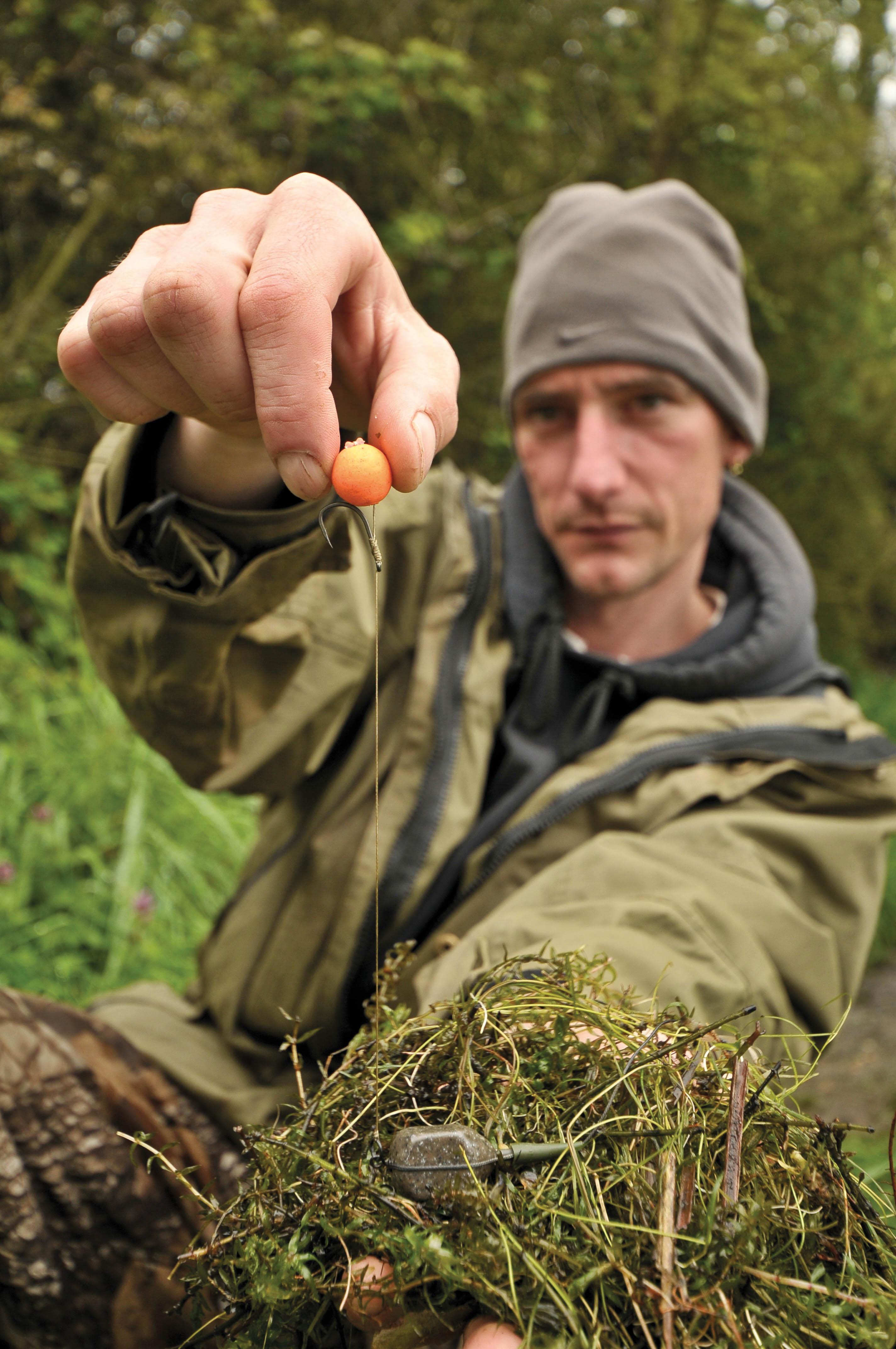
Bottom baits
Conversely, if everyone else is fishing pop-ups, a bottom bait can be equally effective. These are a good option when fishing singles amongst fish with their mouths in the silt as they feed on naturals.
Alternative baits
Boilies aren’t the only option. You can use any hookbait you like, and tiger nuts are an effective choice, whilst corn/maize offer a splash of colour. Most of us have, at sometime or other, caught carp on a lone piece of luncheon meat or Peperami. Big ol’ lobworms are rarely used, but they make great cold-water single hookbaits, given that they leak all kinds of attractive amino acids.
Smelly!
As you’re not feeding any free bait, there won’t be much of a food signal in the area. In order to send out extra ‘eat me’ signals, it’s well worth using a potent hookbait with elevated levels of flavour.
Homemade hookbaits
Be they pop-ups, wafters or bottom baits, rolling your own hookbaits allows you to decide what liquid and powdered attractors they contain, as well as what colour they are. It also gives you absolute control, so you can tailor levels of attractors to the situation. You can roll a few batches of ‘specials’ with elevated levels, and reserve them purely for when you fish single hookbaits.
Glugs
An easy way to boost the pulling power of your hookbaits is to soak them in a glug pot. The longer they’re left, the more glug they’ll take on and the more potent they’ll become. Beware, though; glugs are heavy and can alter the balance of your hookbaits.
Dips
Similar to glugs, dips are a more instant hookbait-enhancer. They’re designed to cling to the surface of a bait to create a boosted food signal around your trap. They wash off quickly, however, so you’ll need to dip your hookbait before each cast to top up its attraction.
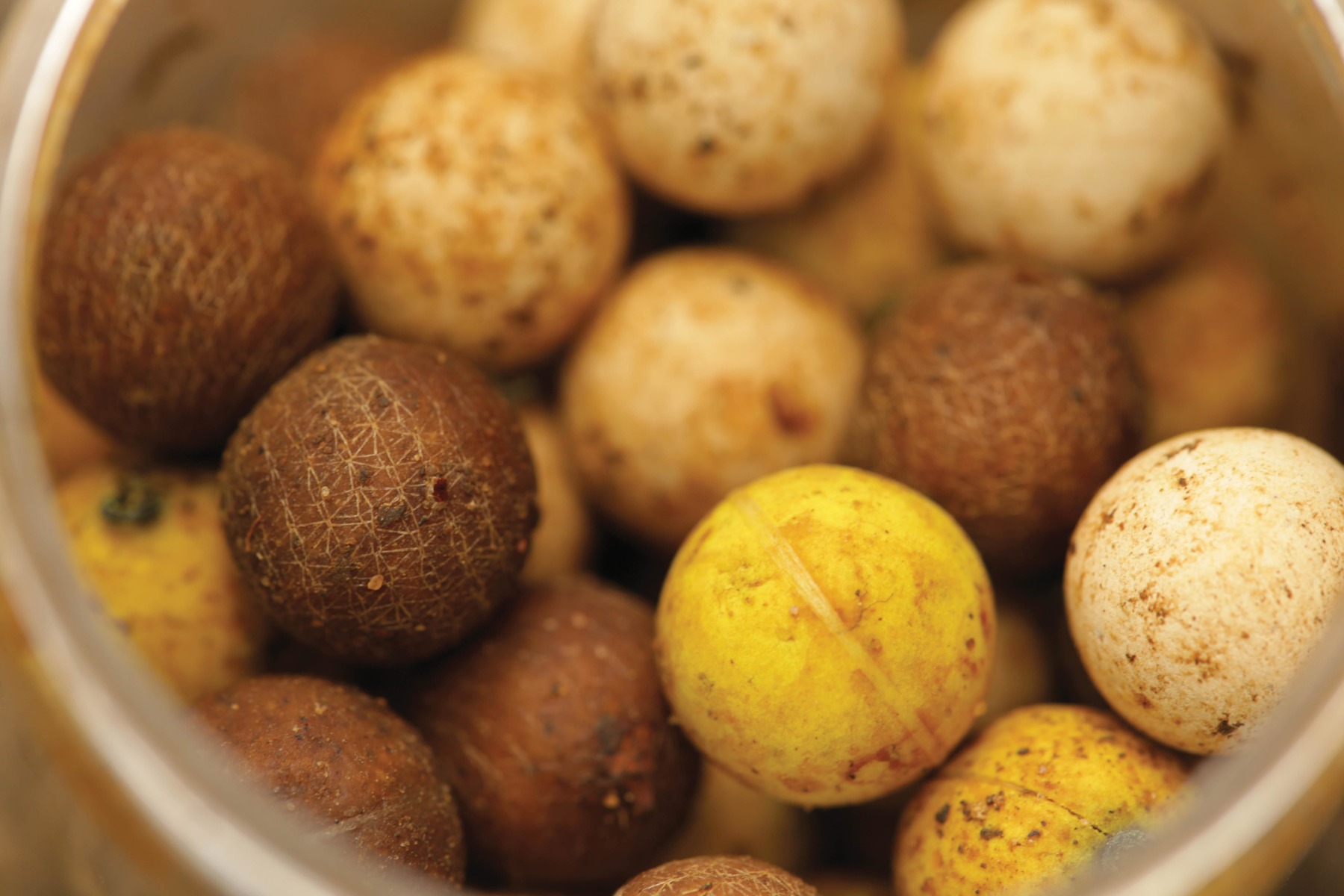
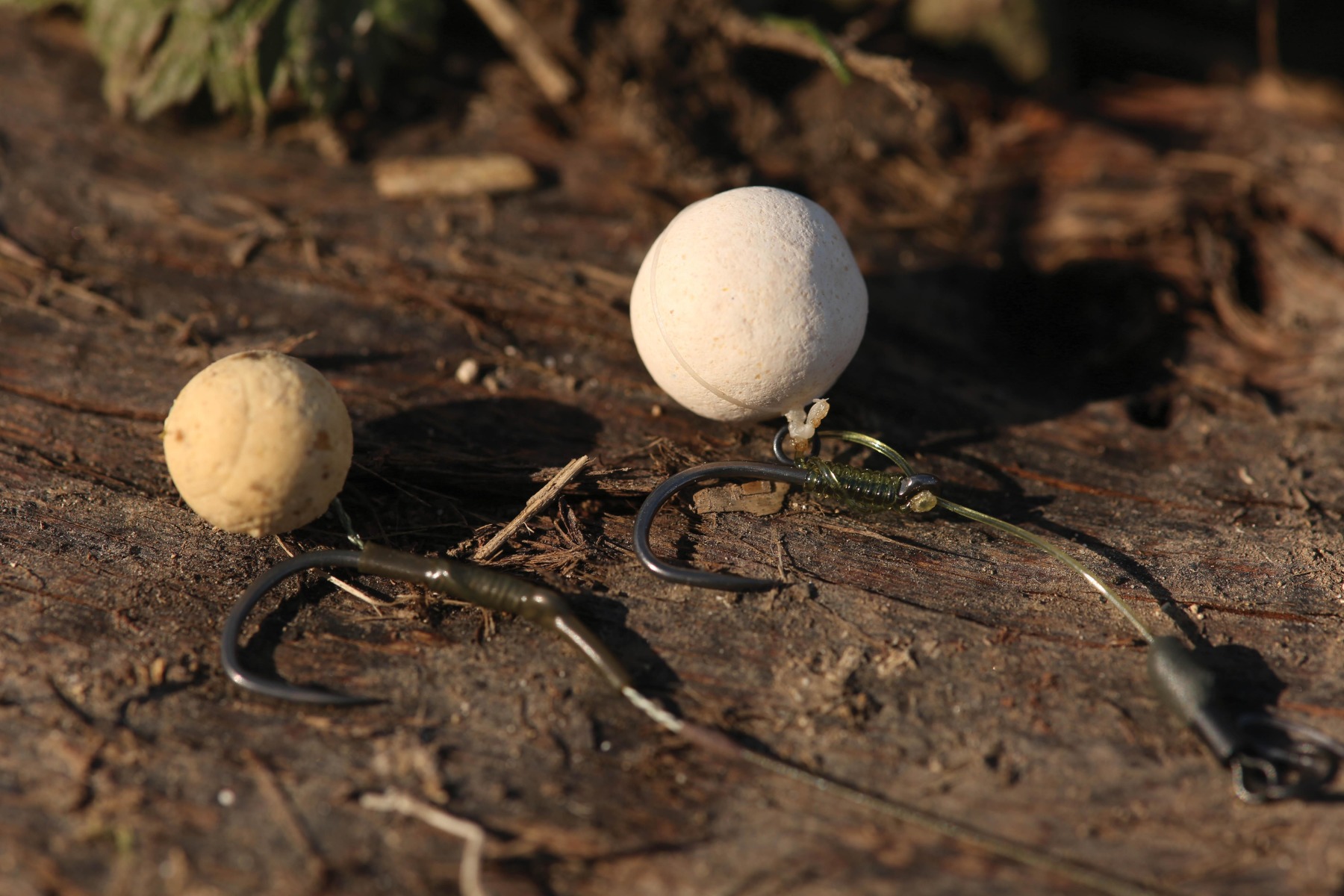
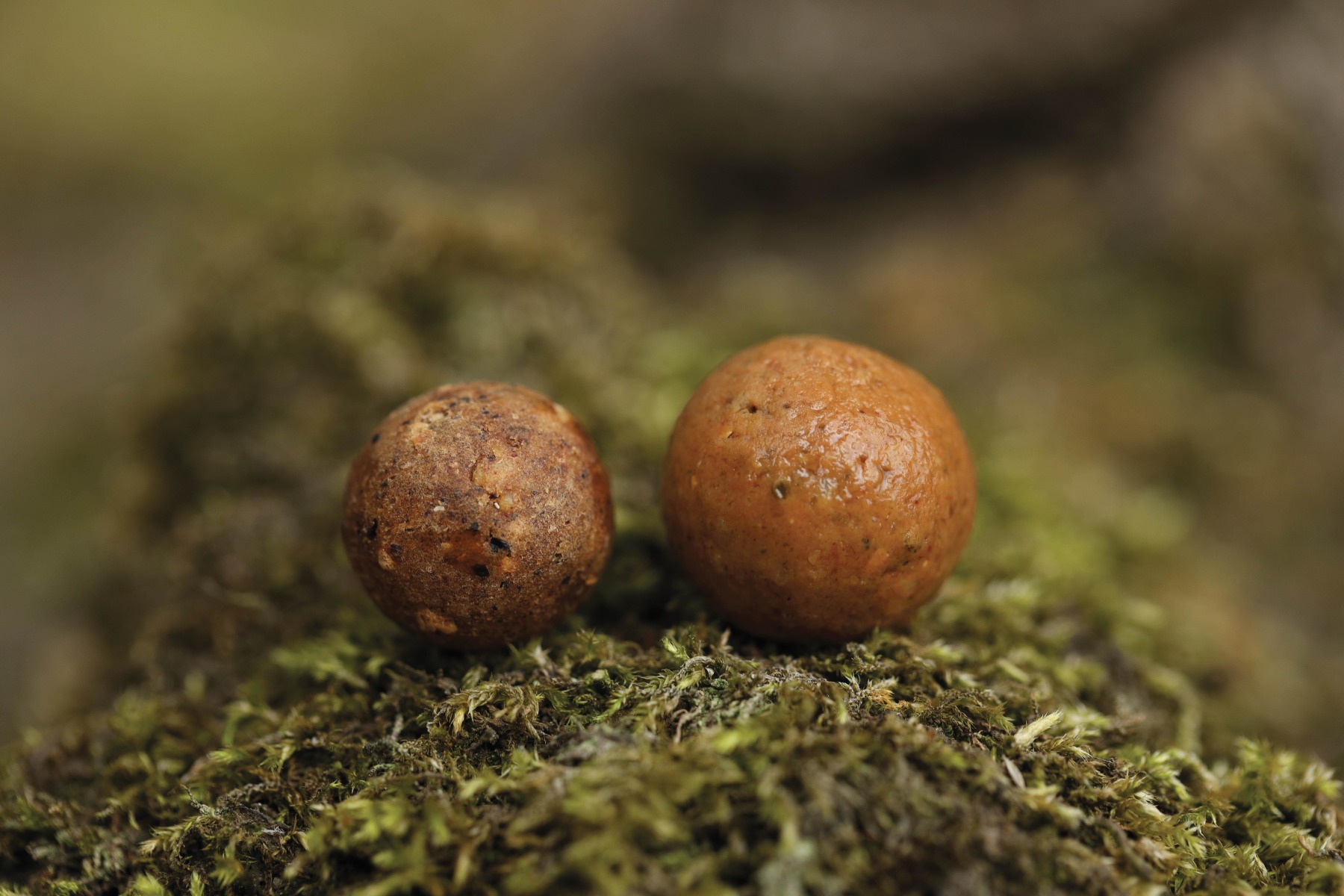
Bait sprays
Stronger in flavour, bait sprays offer an instant hit of smell. Again, a fresh application will be required before every cast.
Home-made glazes
A home-made glaze is a great way to turbocharge single hookbaits. You’ll need to make up your glaze well in advance, as the process of coating your baits will take time before they ‘mature’. Make up a small bottle with a flavour blend of your choice, along with sweetener and any other enhancers or liquid foods you like. If you’re following a recipe, make up what would be included in a half-kilo or four-egg mix. With off-the-shelf hookbaits, you can mirror their flavour, or go for something completely different as a contrast to sit alongside them. You can go for something complementary like a banana flavour with a creamy-, toffee- or Scopex-type bait, or try something different like adding a savoury smell to a fruity hookbait; there are no rules.
Add a couple of millilitres of your glaze to a pot of pop-ups or wafters, and shake them to distribute the liquid evenly. You’re looking to give them just a thin surface coating. Leave them, but shake them every now and again and turn the pot every day or so. After a while, the liquid will soak into your baits. Then, they’ll be ready for a second dose. Your baits will be primed and ready to go once they’ve been soaked in four to six helpings, and they’ll pump out super-attractive food signals for ages.
Liquid bags
These are a lovely way of introducing a massive food signal without offering any solid free food. They’re best used with a rotary/helicopter set-up, although an inline lead can be used, too. Place your lead in a small solid bag and tie it off to secure it. Take a syringe, or better still, a purpose-made injector bottle, and fill the bag from the top with your (PVA-friendly) liquid of choice. Liquid foods, winterised oils, enhancers and sweeteners are all perfect, but don’t use too much neat flavour. Once cast out and in situ, the bag will melt to leave a powerful scent trail which will gradually dissipate into the surrounding water.
A splash of colour
Bright hookbaits stand out, and they’ll grab the attention of any passing carp. This is especially important in cold water, when the fishes’ senses are diminished. A fluorescent pop-up will help fish identify your offering before they then (hopefully) home in on it. Yellow and white are banker colours, whilst red remains more visible in low light. Some swear by orange or pink, so it’s worth keeping an open mind.
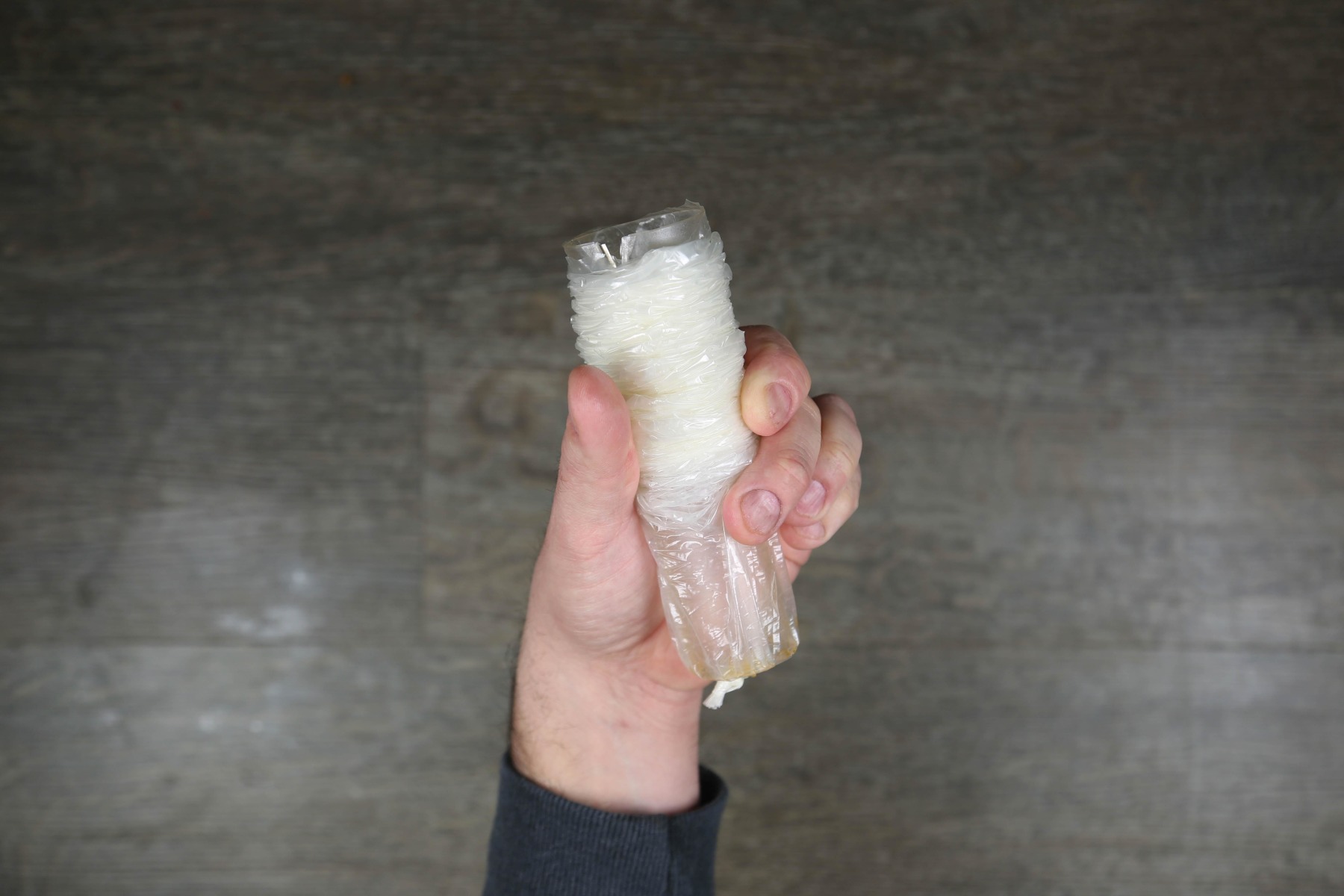
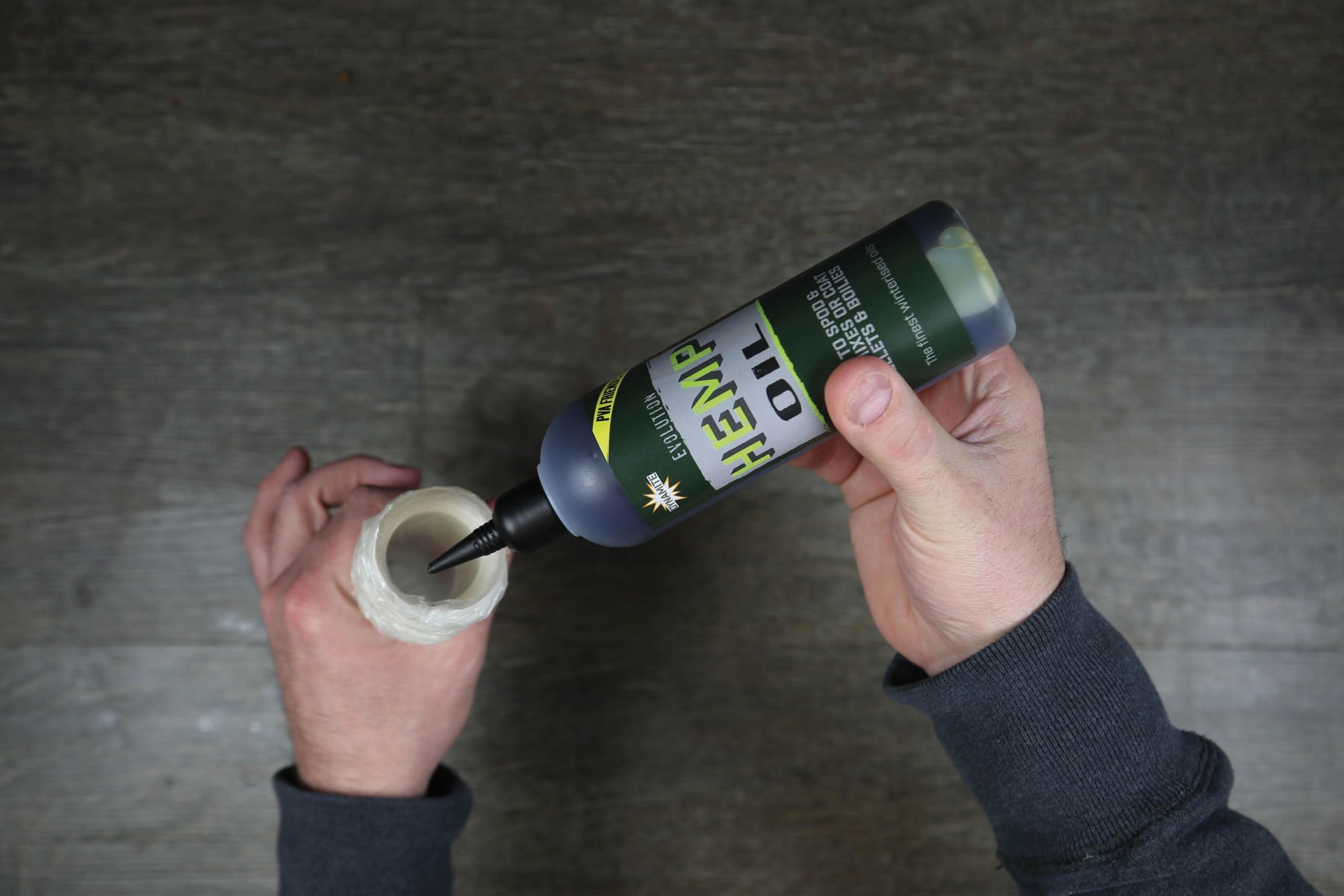
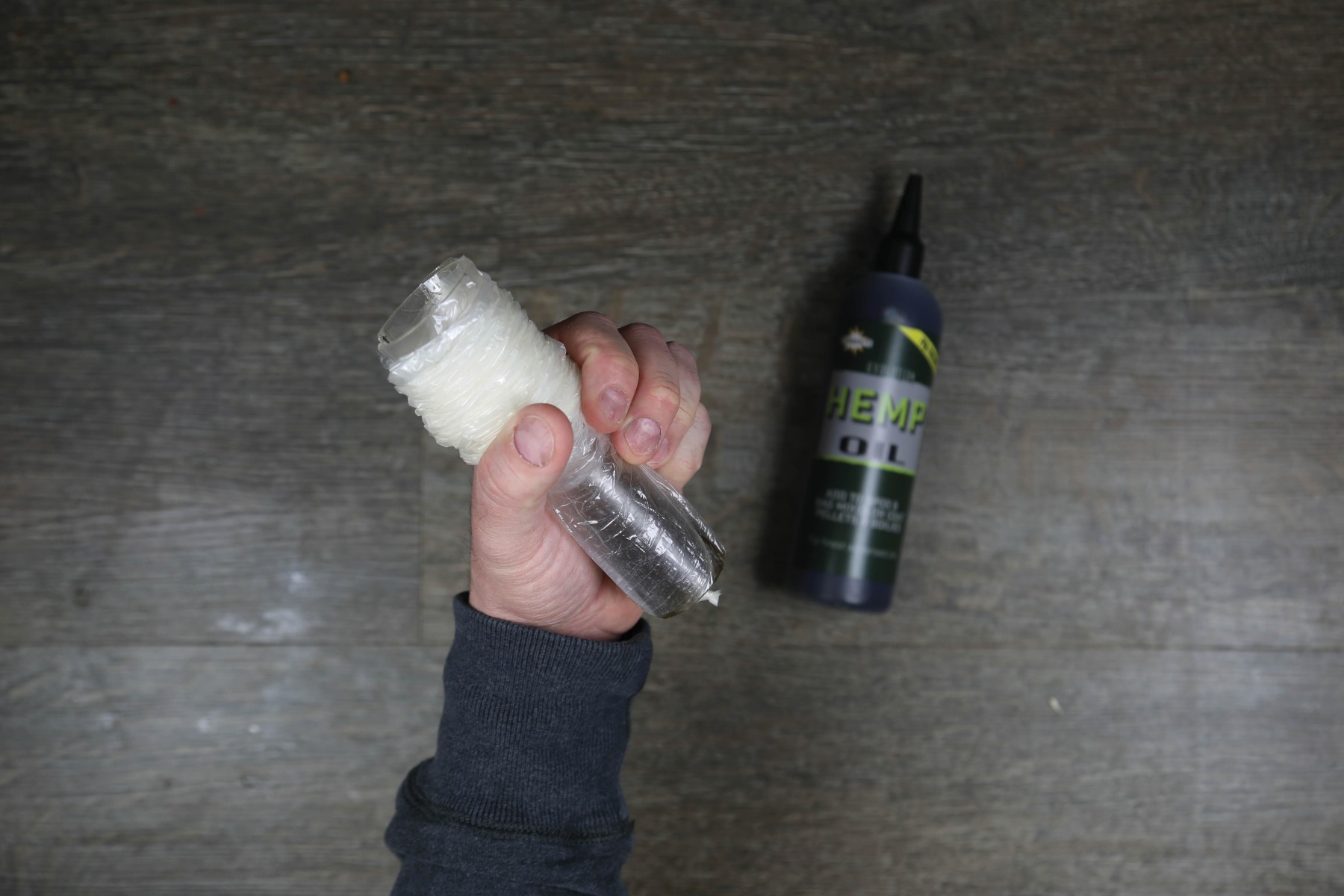
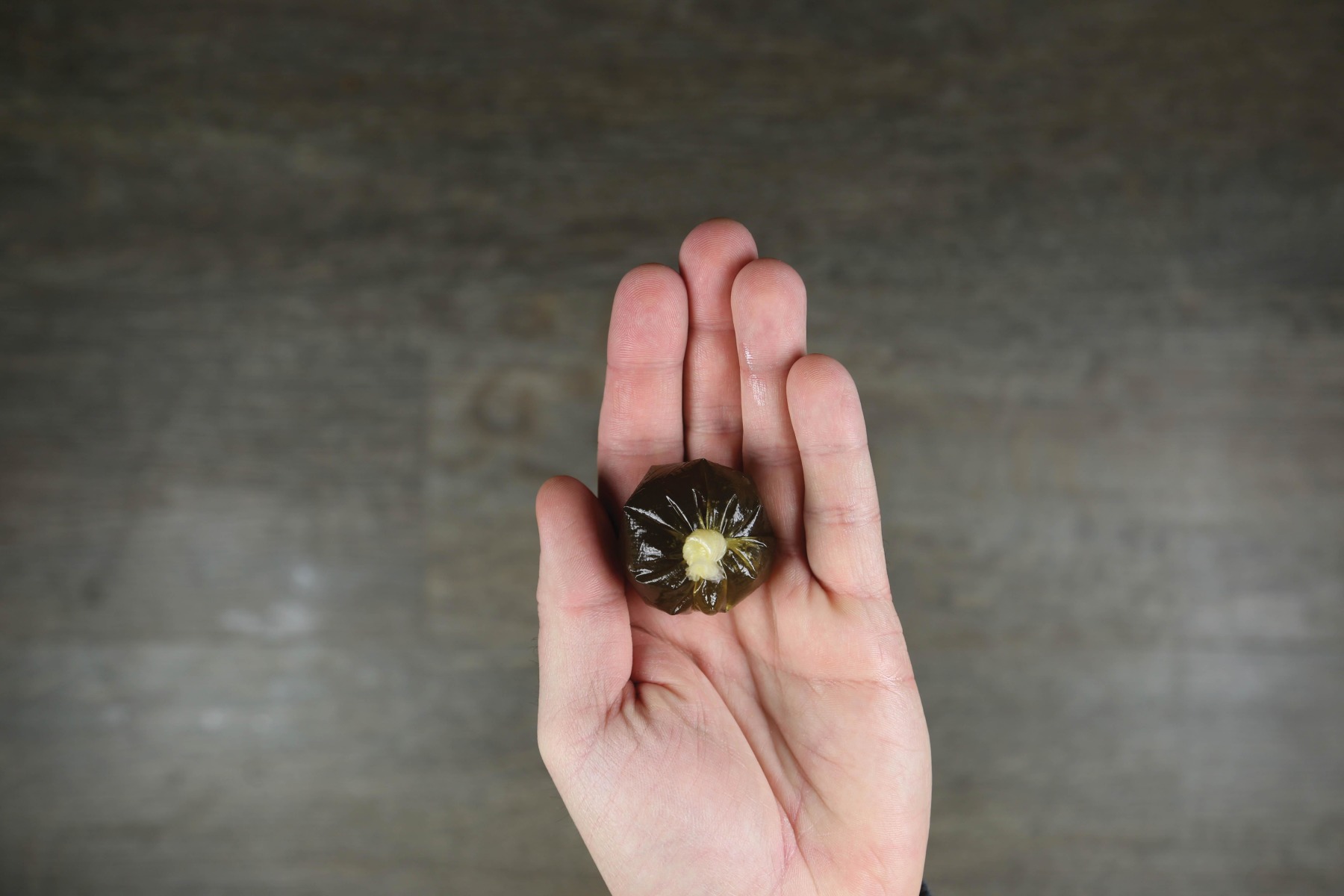
Less conspicuous
On the other hand, if you’ve established a bait over a period of time, a dull, less conspicuous bait could prove a better choice, especially if you have them visiting particular spots on a regular basis. They’re also a good option should everyone else be fishing fluoros.
Ring the changes
You may find that a particular colour-flavour combination is a winner, but that this changes over time, and from venue to venue. Ring the changes and use a different combination on each rod. Switch them around each cast, but should you get a bite, swap another rod to the same successful bait. If you catch another, you can put them all on the same hookbait. Be prepared to change, however, should their effectiveness wane.
Range
Singles are always fished at range, aren’t they? Well, whilst you might enjoy blasting them to the horizon, if carp are close in, that’s obviously the best place to fish them. Single hookbaits are just as effective fished in the margins or at short range as they are out in the middle.
Ring the changes at different ranges
Singles offer the chance of catching fish that aren’t actively feeding. By fishing at various ranges, you can intercept fish that pass through your swim, and once you’ve established where they are, you can group your rods accordingly.
Pre-baiting for singles
Believe it or not, you can pre-bait in a manner that suits single hookbaits. Forget about putting bait on specific spots, as you’re aiming to bait the whole swim, from the extreme left to the extreme right, and from the margin to as far as the swim covers. You’re looking to spread baits over the entire area, without any being within a few feet of another. Any carp visiting your swim will then be able to find food, but only in the form of individual items. Over time, they’ll become accustomed to finding baits in isolation, and will then be susceptible to tripping up on a single hookbait.
